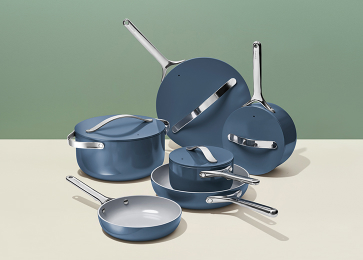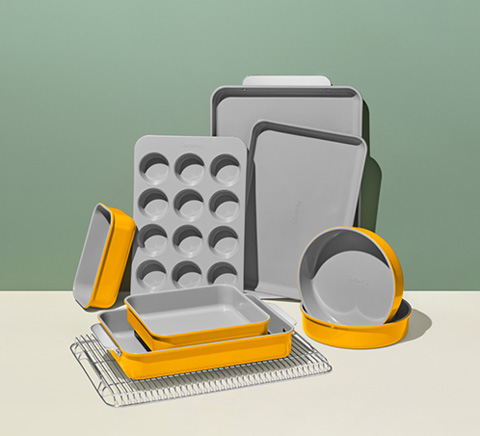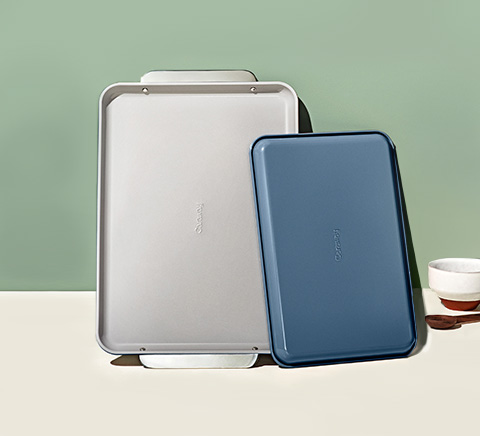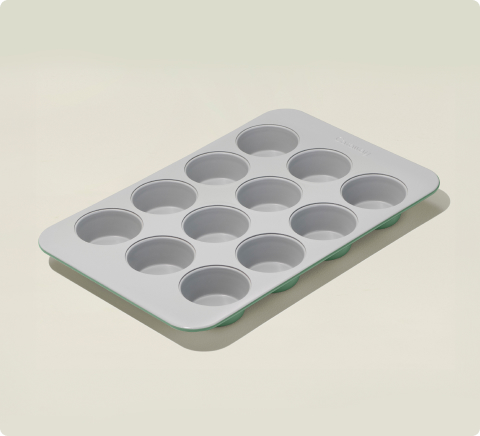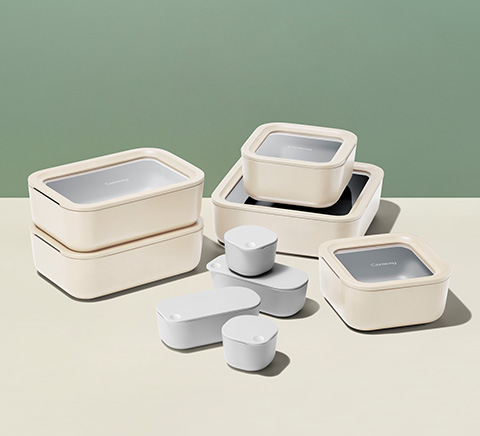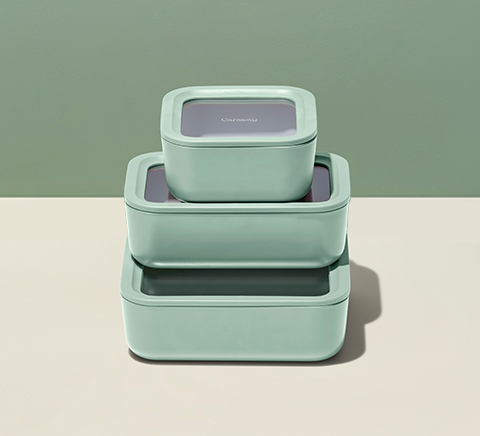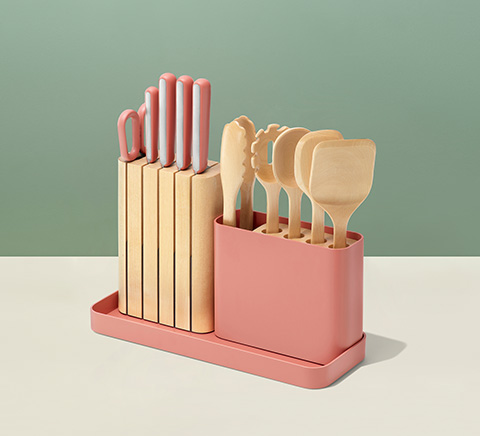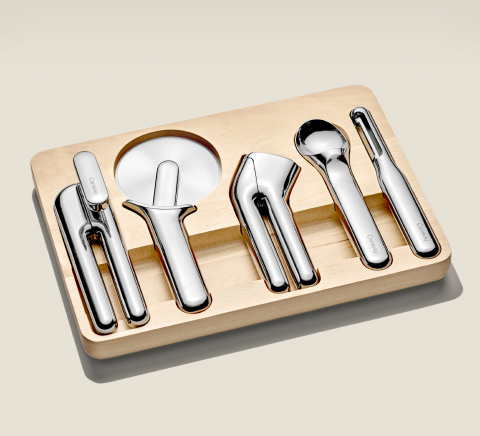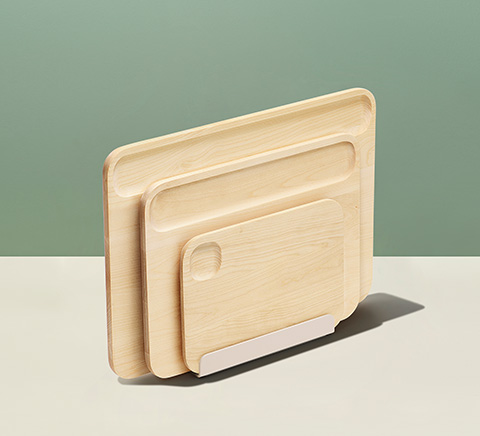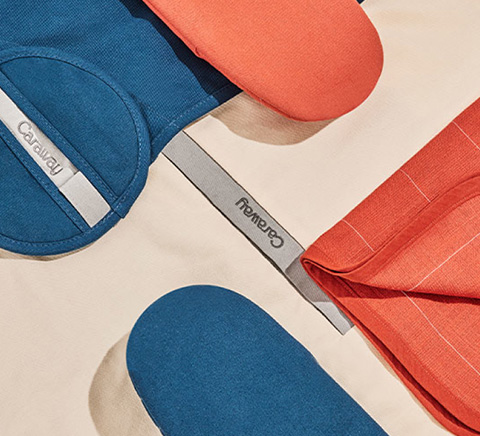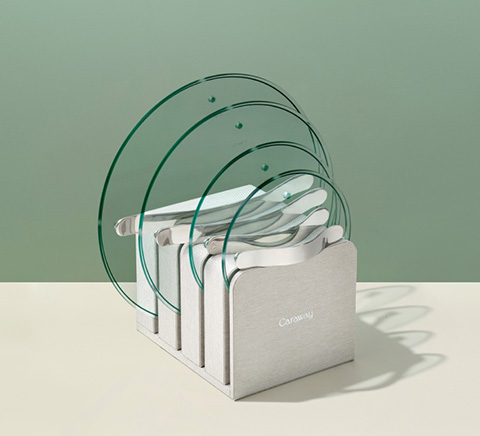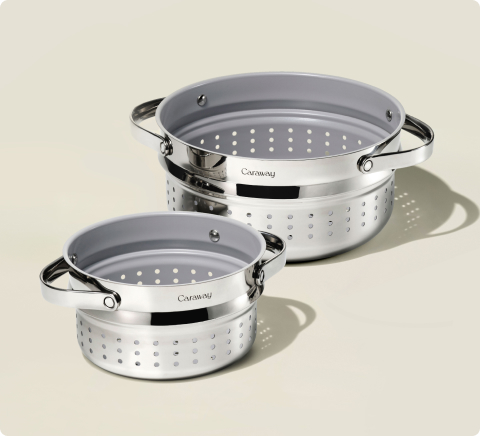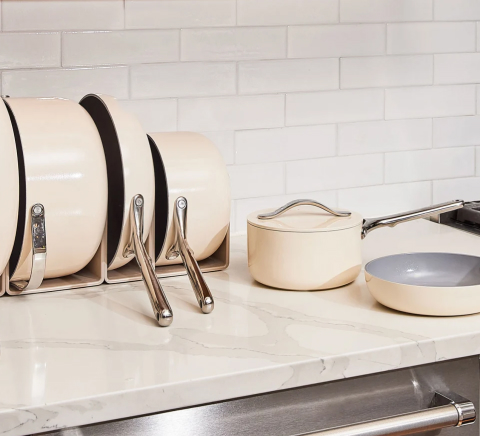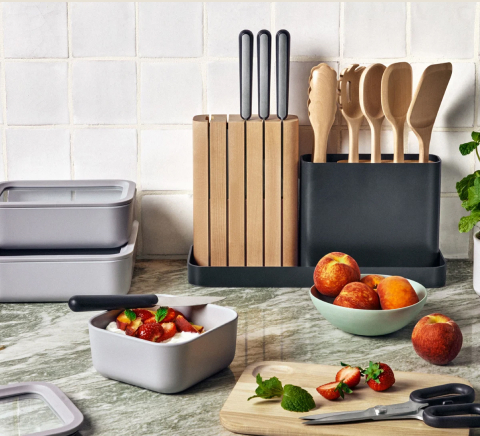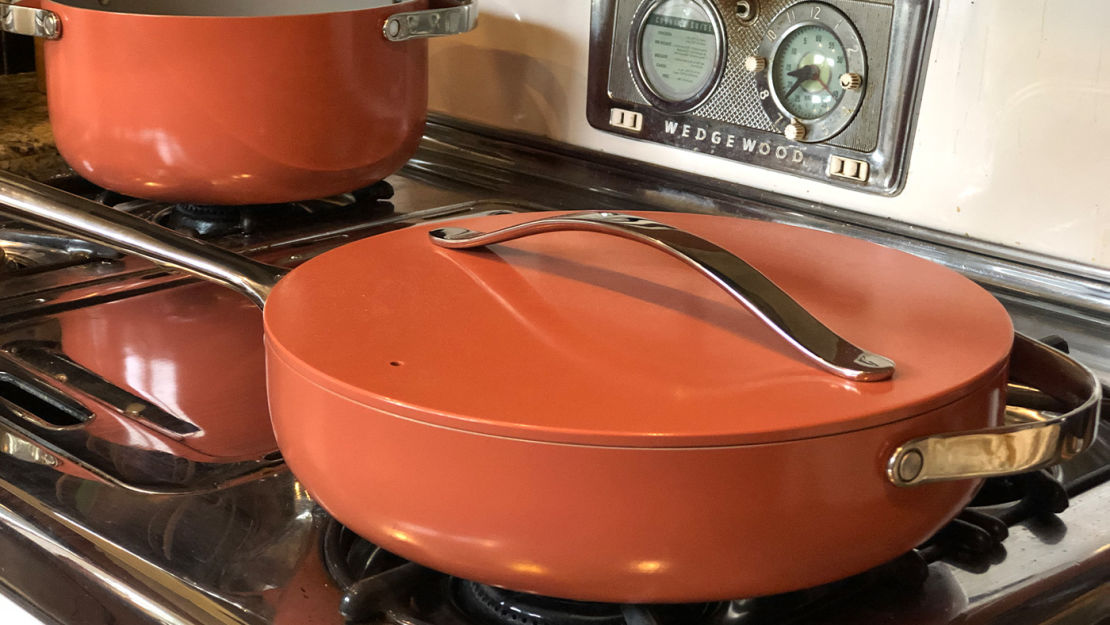Have you ever wondered what is roasting and how it may be different then baking? Learn about the differend cooking methods and the differneces in temperature.
What Is Roasting in Cooking? 5 Tips for Roasting Perfection
Roasting is a very common cooking method, but if not done correctly, you could end up with a less-than-ideal dish. It’s important to take appropriate steps to ensure the best, most delicious outcome.
Let’s discuss how to achieve roasting perfection.
What Is Roasting?
We see the word used so many times in kitchen magazines and online recipes, but what exactly is roasting? This dry heat cooking method is one in which hot air surrounds the food and cooks it evenly on all sides.
It’s ideal for meats such as chicken, pork, and sometimes beef. However, it can also be used to cook fish and vegetables.
Since roasting is a dry heat cooking method, it often gets used interchangeably with baking, though the two have their differences. For example, you’ll notice later on that roasting is often done in an open, uncovered pan, while dishes that are being baked are usually covered.
The slow-cooking process of roasting requires a high temperature in order to create an enhanced flavor in the food through browning and caramelization. The heat source for roasting usually is an open flame, yet now the cooking method is most commonly done with an oven.
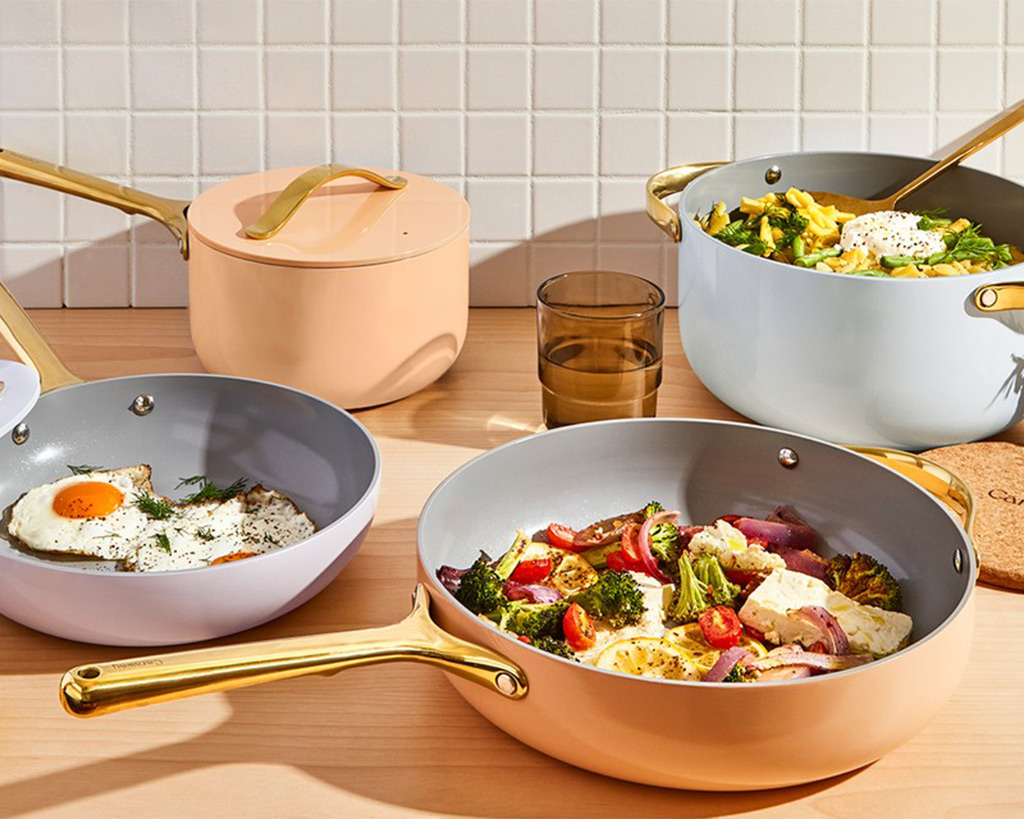
Tips for Roasting Perfection
Creating that perfect, crispy brown exterior doesn’t have to be an uphill battle. With the right steps, you’ll end up with a delicious treat for all to enjoy.
Here, we highlight tips for roasting perfection:
Finding the Right Cookware
Just like with any other cooking method, you need to find the right cookware to vessel your dish. As we mentioned earlier, roasting usually occurs in an open, uncovered pan. While there are actual roasting pans out there that you can use, you don’t need to run out and buy one if you don’t have one on hand.
There are substitutes that can work just as well. The Caraway Sauté Pan, for instance, is a perfect way to go.
This lid-free cookware provides a great surface to roast the food and just tall enough slides to keep it secure inside. These are especially important qualities for your pan to have while roasting, as you won’t overcrowd your pan.
The food that you’re roasting can influence your choice of cookware as well. The Sauté Pan is ideal for roasting vegetables. However, when roasting meat such as chicken, a deep, thick-walled Dutch Oven would produce the best dish.
All of our cookware is stovetop agnostic and can go directly from the stove to the oven. So regardless of which one of our cookware you choose, you’re bound to get the best roast.
Follow the Correct Temperature
Ruining your roast is a genuine possibility if you aren’t cooking at the proper temperature. This cooking method typically calls for a temperature of between 400°F and 450°F—or higher, depending on the food. Anything lower than that would be considered baking, so it wouldn’t produce the outcome you’re looking for.
Our trust Caraway cookware is built for roasting and so much more, as they’re oven safe up to 550°F. Not only that, but our cookware is made out of the ideal material for your roasting endeavors: Ceramic.
Ceramic has better heat retention, is thermally conductive, and cooks food much faster than other materials. With our cookware, you never have to worry about producing unevenly cooked food or food with cold spots. Instead, you can channel all your time and energy into creating the perfect roasted crisp exterior for your dish.
Be Aware of Potential Mistakes
Using too low of a temperature for your food and overcrowding your pan aren’t the least of your worries when it comes to roasting. Potential mistakes can arise even before the pan enters the oven.
A common mistake that occurs in roasting, along with any other cooking method, is using too much or too little oil. Different foods may need different amounts of oil when roasting; for instance, porous vegetables such as mushrooms and eggplant need a little bit more oil than root vegetables that don’t suck up as much oil.
Finding the correct balance of oil for your food is key when roasting. Many people also use oil to coat their pans to prevent food from sticking. If you’re already using a large amount for the food itself, oiling the pan a lot may seem a bit excessive. But of course, you want to avoid having to scrape out the food when it comes out of the oven.
That’s where ceramic cookware comes in. The ceramic coating on our cookware and bakeware creates a naturally slick surface for your food to glide across with ease as it cooks.
In other cookware, this non-stick ability is usually achieved with chemical coatings, but with ours, ceramic is good at that on its own. Because of this, our cookware is also made using non-toxic ceramic and free of PTFE, PFAS, PFOA, lead, cadmium, or toxic metals.
So not only are you creating a healthier roast by using less oil on our products, but you’re also freeing yourself from the toxic chemicals that could potentially leach into your food.
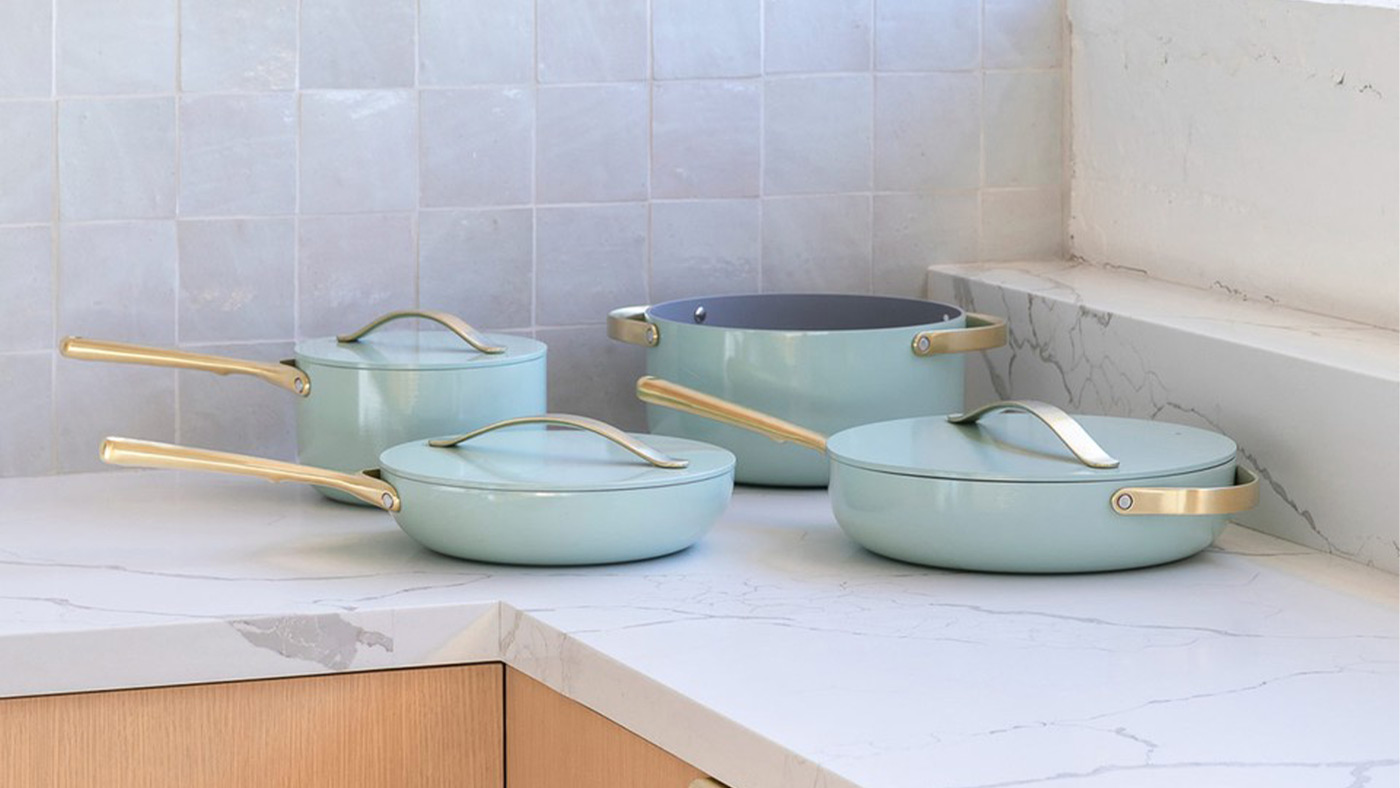
Stock Up on the Best Tools
Like we mentioned before, you have a few cookware options to choose from for roasting purposes. But rather than buying several different individual cookwares for each cooking task, why not opt for just a few essentials?
With Caraway, you can use less to achieve more. For our Cookware Set, we took a 16 piece set and boiled it down to four versatile pieces: a Fry Pan, a Sauté Pan, a Sauce Pan, and a Dutch Oven.
All of these items can be used for multiple different tasks and can accommodate you in whatever way you need. For example, our Dutch Oven is perfect for large families or just a dinner for two. Our Sauté Pan (one of our most popular items, which is often sold out) is shallow enough to sauté but deep enough to fry and boil.
Whether you’re in the middle of roasting or using another cooking method, these qualities are useful to have in your kitchen. Truly, our cookware is everything you need and nothing you don’t.
Serve in Style
Nothing makes a roast pop better than serving it in a vessel that catches the eye. What if we told you that with our beautiful cookware, you wouldn’t even need to transfer your roast into a different dish to serve it in?
Our Cookware Set, as well as our individual cookware, all come in an array of vibrant colors. On the neutral side, you can never go wrong with our Cream, Navy, or Gray cookware. For those kitchens that just beg to have their cookware match a brighter interior design, our Sage cookware pairs well with industrial kitchens, while our Perracotta is perfect for a boho aesthetic.
If you’re preparing your roast during the spring or summer, perhaps you could serve it in a color that compliments the season, such as our rich Marigold. Never underestimate the power of having a splash of color in your kitchen. The more you look at your stunning cookware, the more you’re going to want to use them!
Raise a Toast to the Perfect Toast
Roasting doesn’t have to be a hit or miss. With the right tips and nothing short of the best cookware by your side, your roast is sure to be the center of attention.
Source:
What's the Difference Between Roasting and Baking? | Kitchn
What to Use in Place of a Roasting Pan | Allrecipes
6 Common Mistakes to Avoid When Roasting Vegetables | Bon Appetit
